An ‘electronic tongue’ may potentially help robots taste food like humans
In the realm of artificial intelligence (AI), programs have been rapidly advancing with their ability to respond to touch, sight, smell, and sound. However, researchers at Penn State University are now venturing into a new frontier: taste. They are developing an innovative “electronic tongue” that has the potential to detect gas and chemical molecules using ultra-thin components. This groundbreaking technology could have far-reaching implications, from assisting robots in creating AI-influenced diets and curating restaurant menus to training humans to expand their palates.
Beyond Nutritional Needs: The Role of Flavor Preferences
Our eating habits are not solely dictated by nutritional needs; flavor preferences also play a significant role. While our taste buds serve the purpose of warning our brains about potentially harmful foods, they also tempt us with irresistible treats like that extra donut or slice of cake. Striking a balance between these urges and the need for a well-rounded diet requires psychological cognition and development—a sphere in which robots currently fall short.
Associate Professor Saptarshi Das of engineering science and mechanics acknowledges the challenges, stating, “Human behavior is easy to observe but difficult to measure, and that makes it difficult to replicate in a robot and make it emotionally intelligent. There is no real way right now to do that.” Nonetheless, Das and his team are making significant strides in this area, as evidenced by their recent publication in the journal Nature Communications.
Cracking the Code: The “Electronic Gustatory Complex”
Das’s team has devised an extraordinary advancement called the “electronic gustatory complex.” To bring this concept to life, they combined chemitransistors and molybdenum disulfide memtransistors. The former are graphene-based sensors capable of detecting gas and chemical molecules, while the latter simulate neurons. By integrating these two components, researchers have successfully created a circuit that mimics the gustatory system.
Explaining the rationale behind their approach, Andrew Pannone, an engineering science and mechanics grad student who co-authored the study, notes, “Graphene is an excellent chemical sensor, [but] it is not great for circuitry and logic, which is needed to mimic the brain circuit… For that reason, we used molybdenum disulfide… By combining these nanomaterials, we have taken the strengths from each of them to create the circuit that mimics the gustatory system.”
Unlocking the Palette: The Power of Replication
This revolutionary technology is not limited to detecting a single taste. The electronic tongue can be adapted to detect all five major taste profiles—salty, sour, bitter, sweet, and umami. By deploying graphene device arrays that mirror the approximately 10,000 different taste receptors found on the human tongue, researchers can delve into an endless array of possibilities.
Das envisions a future in which an AI system can be trained to become an expert wine taster. He envisions, “The example I think of is people who train their tongue and become a wine taster. Perhaps in the future, we can have an AI system that you can train to be an even better wine taster.”
A Glimpse into the Future: Culinary Exploration Enhanced
With AI programs making steady progress towards unlocking the sense of taste, we stand on the cusp of a new era of culinary exploration and innovation. The “electronic tongue” has the potential to revolutionize not only the way we eat but also how we perceive and interact with food. As technology continues to evolve at an astounding pace, it is thrilling to contemplate the sensory experiences AI will bring to the table.
In conclusion, the emergence of an “electronic tongue” incorporating chemitransistors and molybdenum disulfide memtransistors signifies a significant leap forward in AI’s ability to taste and appreciate food. With this technology, researchers envision a future where AI programs can play a vital role in culinary endeavors, be it devising diets, enhancing restaurants, or becoming connoisseurs in specific domains. As we embrace this new frontier, the tantalizing realm of taste beckons, inviting exciting possibilities for the future of human-robot interaction. Featured Image: DAS RESEARCH LAB/PENN STATE
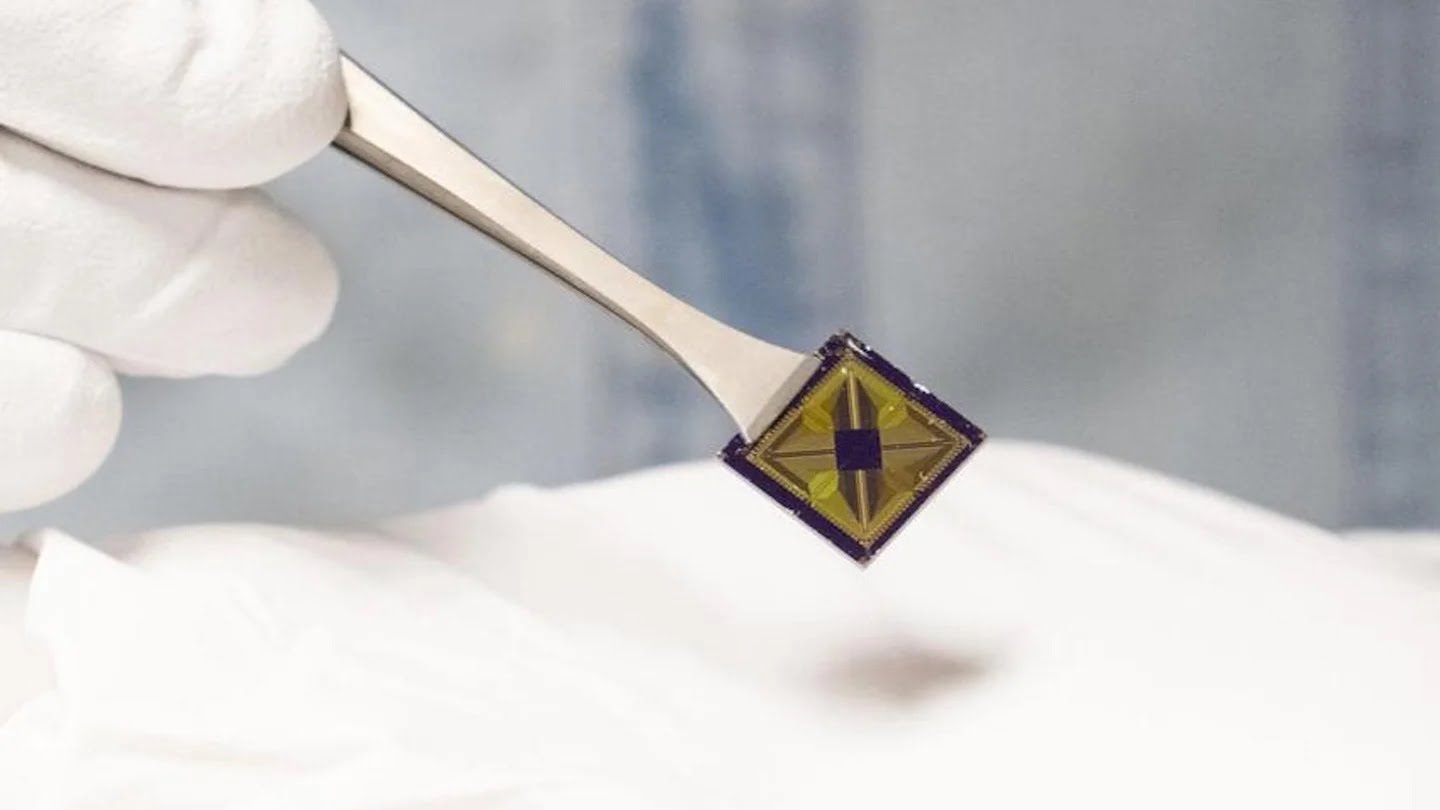




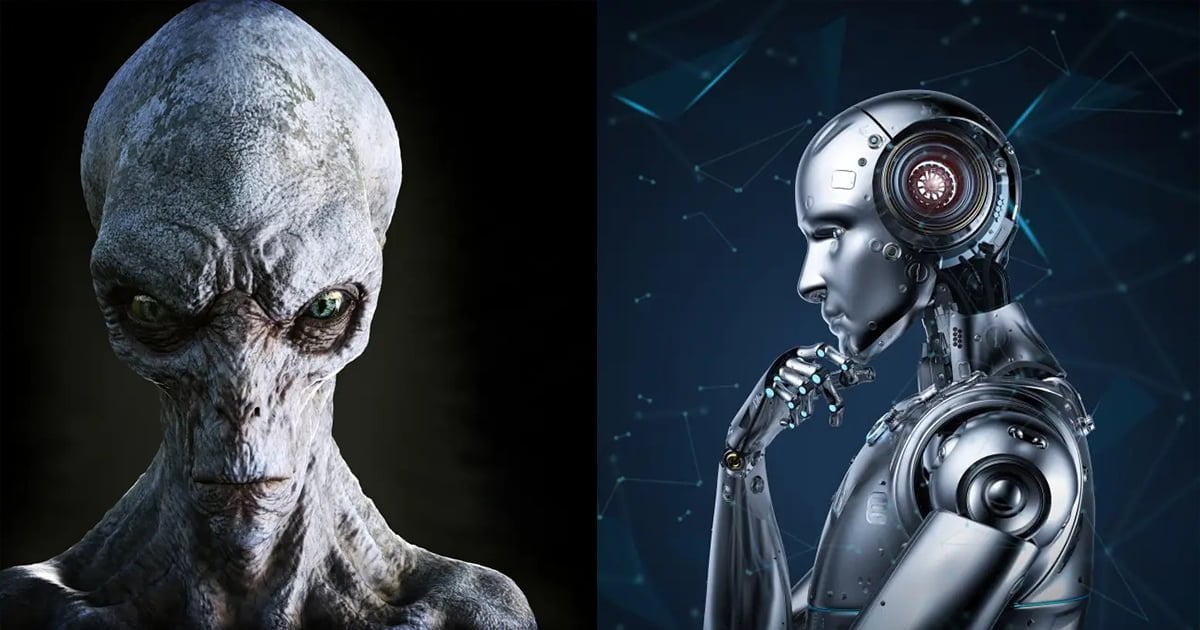
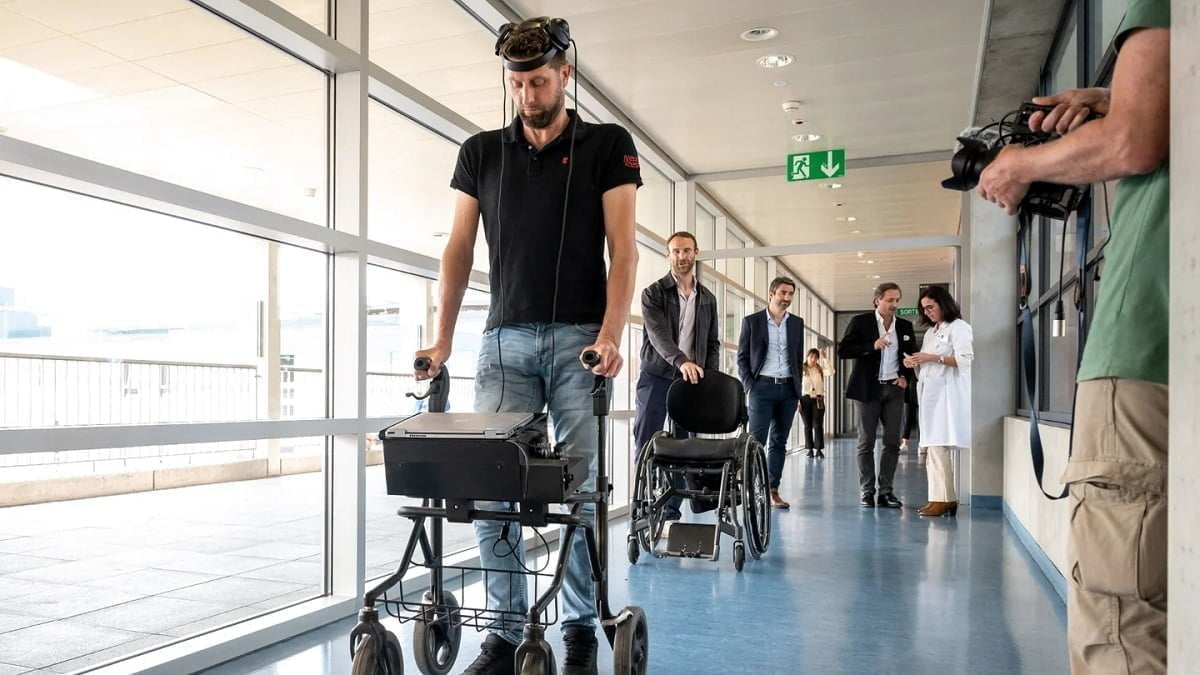
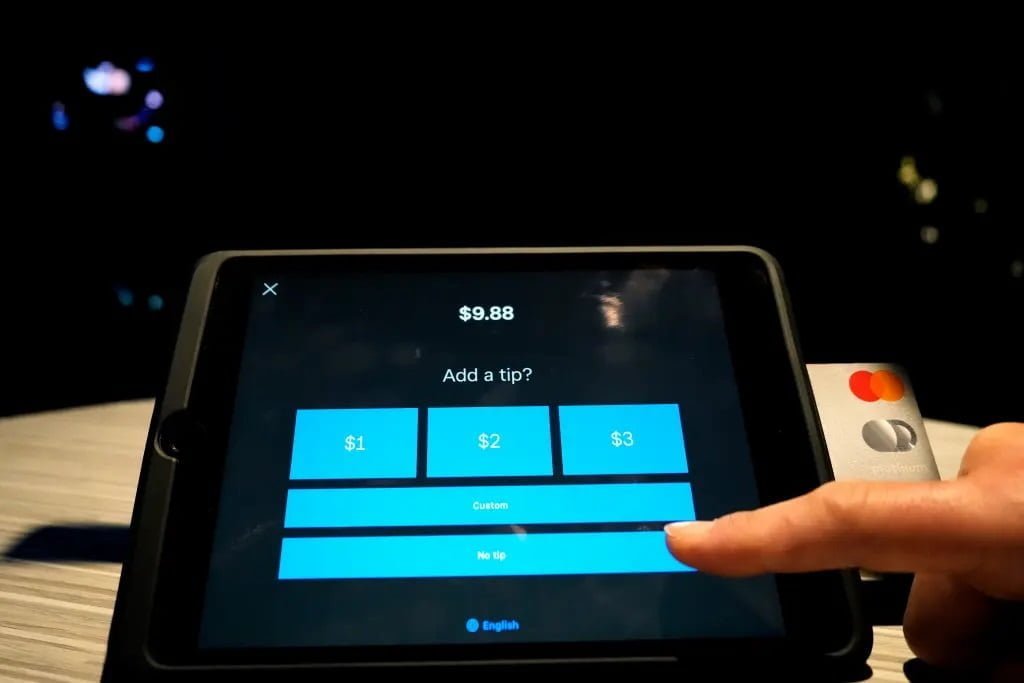

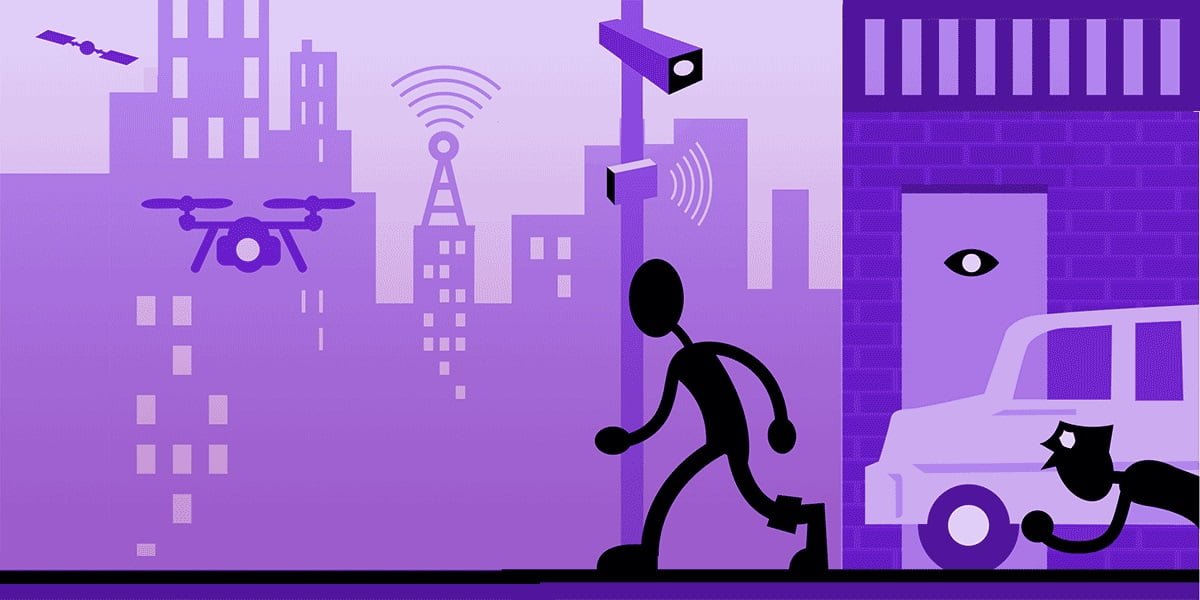

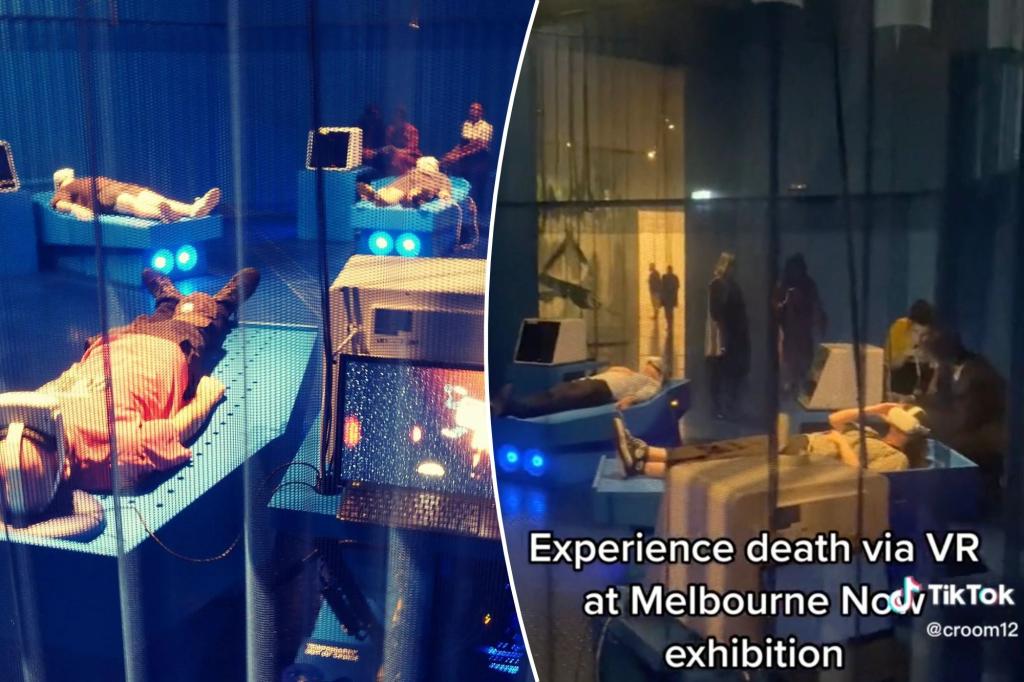
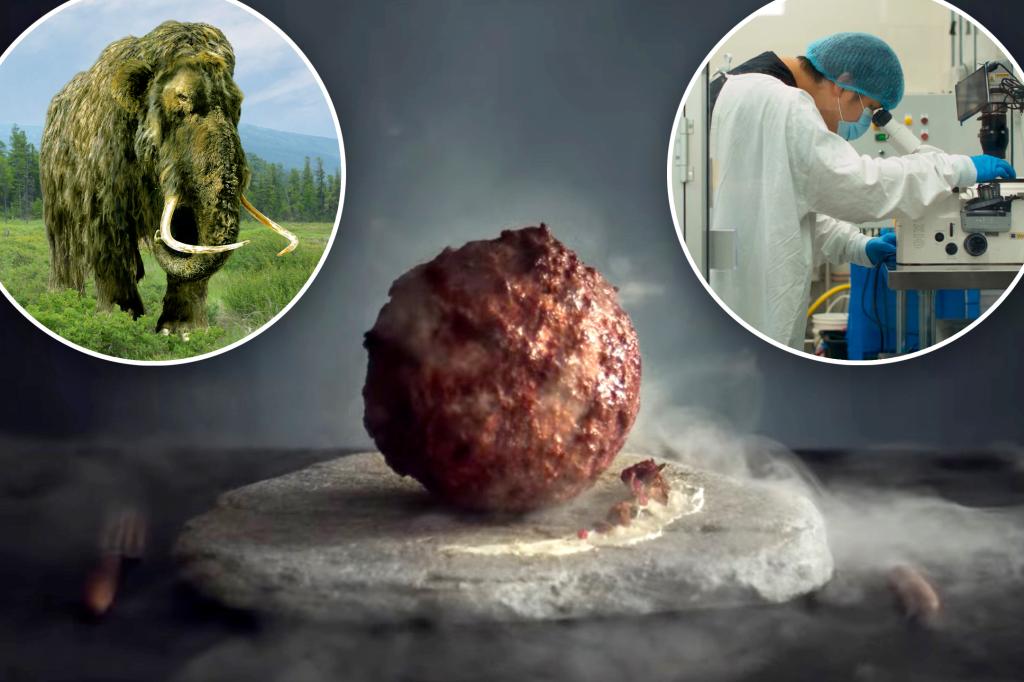

This is cau cray
Seriously..?? 😂🤣
Kill ROBOTS
Why? Don’t you think things are going too far? Saying that,ai is in most electronics already. Dangerous times ahead